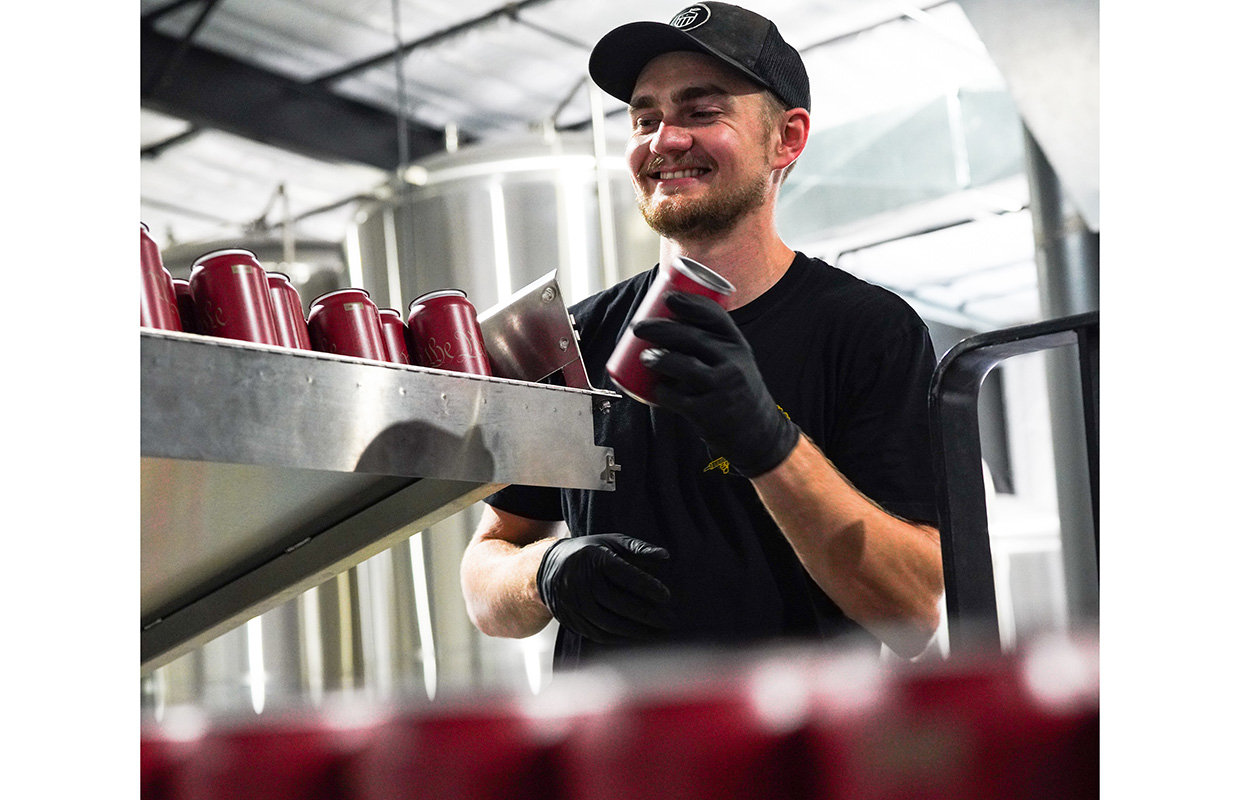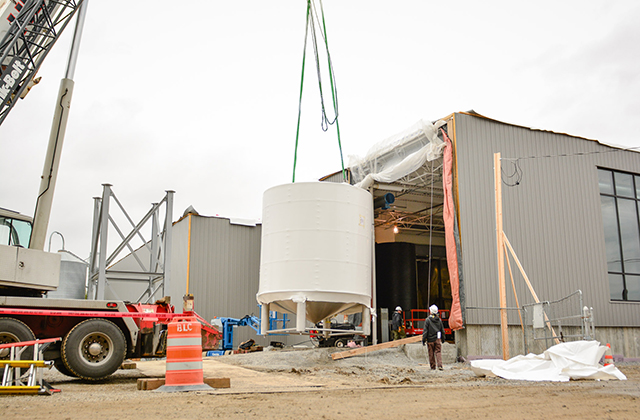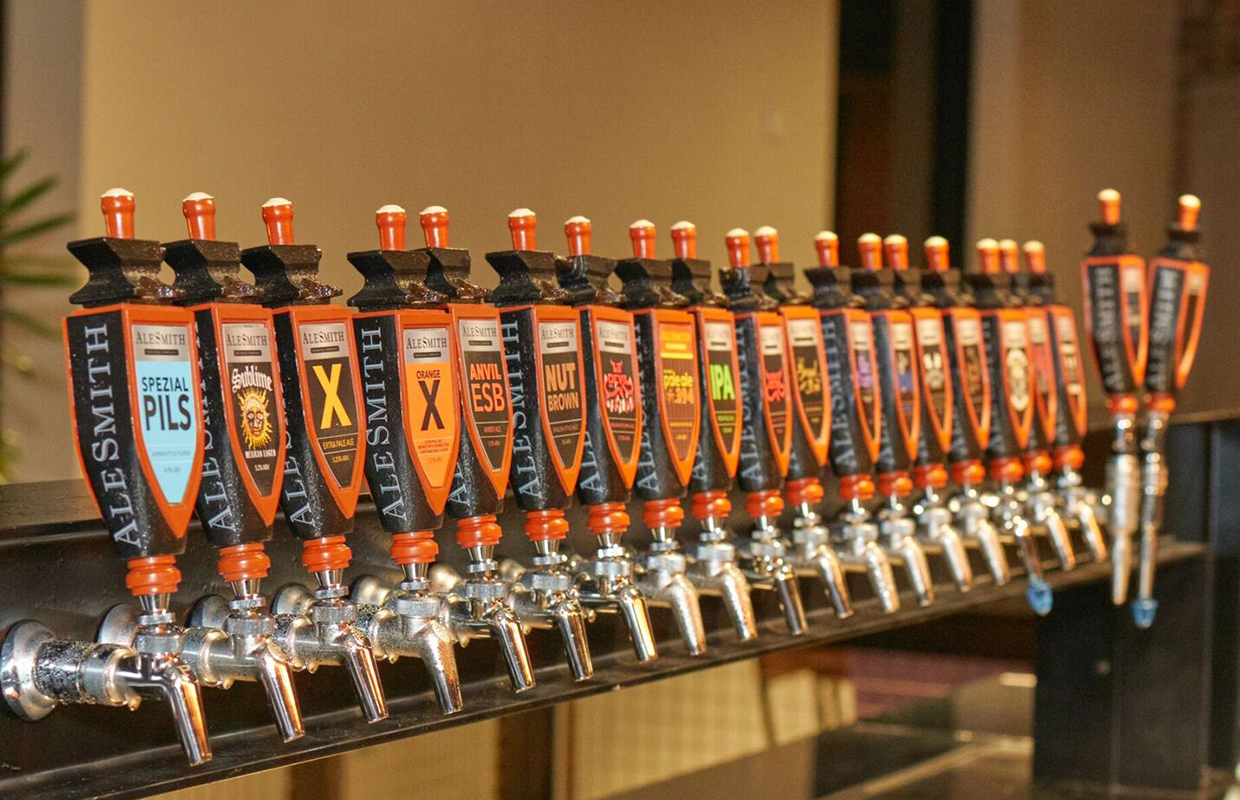
After opening a new facility, Arizona’s Cider Corps was fortunate to have the experience as it helped shape a much better canning day for cider after learning from trials and tribulations from the original location.
“That allowed us to improve our layout at our new production facility,” said Production Manager, Blake Somsen. “When Jason (Duren, Cider Corps co-owner and cidermaker) and I were talking through the design, we wanted to make sure we had sufficient space to get pallets of cans both in and out of the facility without trapping ourselves with lines and equipment.
“On the other hand, we wanted the tanks to be as close as possible to the canning line to ensure the shortest distance and minimize breakout.”
Cider Corps decided on an open workspace in the middle of its operation that has three entrances and exits, each wide enough for a pallet to pass through easily.
“We now load on one side of the line, run our tank and drain lines through the middle, and stack cases onto pallets on the far side,” Somsen said. “After, the palletized cases are quickly wheeled away into storage.”
Clarksburg Cider is still working on a permanent solution, said Cidermaker Eddie Graves.
READ MORE: Cider Corner: Can’t Find Cans? 3 Alternate Packaging Ideas
”The canning line is stored against a wall when it is not in use,” he told Brewer. ”The day before canning, we put the line and depalletizer in front of the tank.”
Because Clarksburg packages cider with residual sugar, it can cause cans to ’grenade’ without some intervention, Graves said. To avoid this, after the cans leave the canning line, they go through a pasteurization process, he explained.
”The process consists of the cans being Paktech-ed, then placed in milk crates and submerged into our ’hot tubs,'” Graves said. “After a nice soak in the hot tub, they get cased, palletized, and let naturally cool down.”
A key to putting the canning line out each time is it must be positioned to not impede pallet traffic between the line and two batch pasteurizers.
Graves added that the biggest key to a solid canning day is the preparation of the cider.
“Making sure the carbonation and temperatures are at their appropriate levels are crucial,” he said. “We usually can cider around 29 degrees Fahrenheit. This is made possible with our G&D Chiller which keeps our 200-bbl brites at 29 degrees almost effortlessly. This is the biggest key factor to a successful canning day.
“We have our WGC-4 dialed into 42 CPM with extreme accuracy, resulting in very few dented cans.”
One of the most important things that Somsen and the Cider Corps team learned when it comes to having a good canning run is temperature control as well.
”We previously spent a good deal of time and money ensuring that line pressure was consistently maintained with our WatchDog and reduced the length of the line as much as possible,” he said. “However, after all that, we were still seeing breakout. We changed our protocols to drop the temperature to just above freezing the night before a canning run.
”Since then, we have had significantly less breakout, and therefore significantly less loss.”
Photo Credit: Cider Corps




Be the first to comment